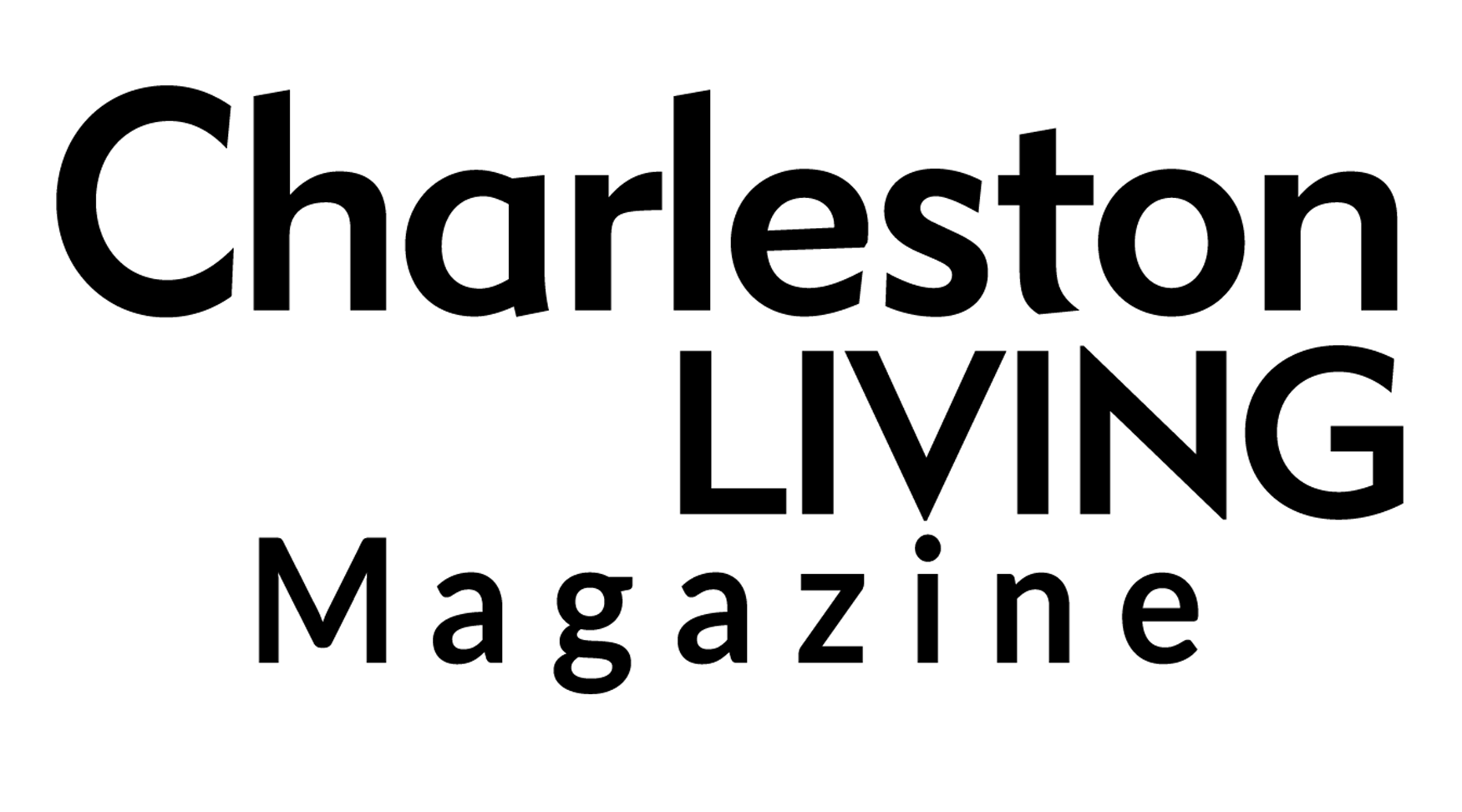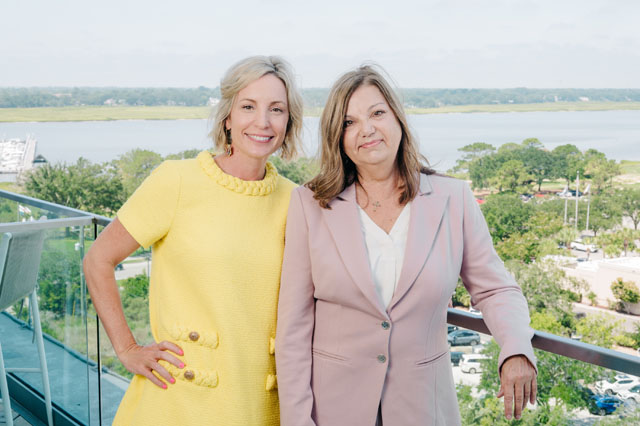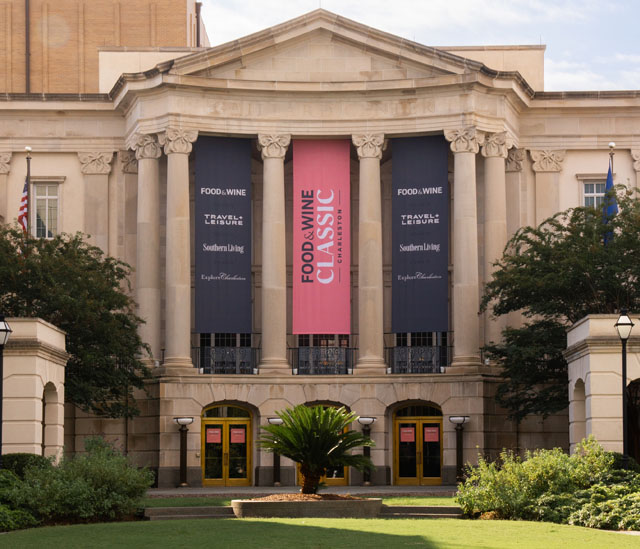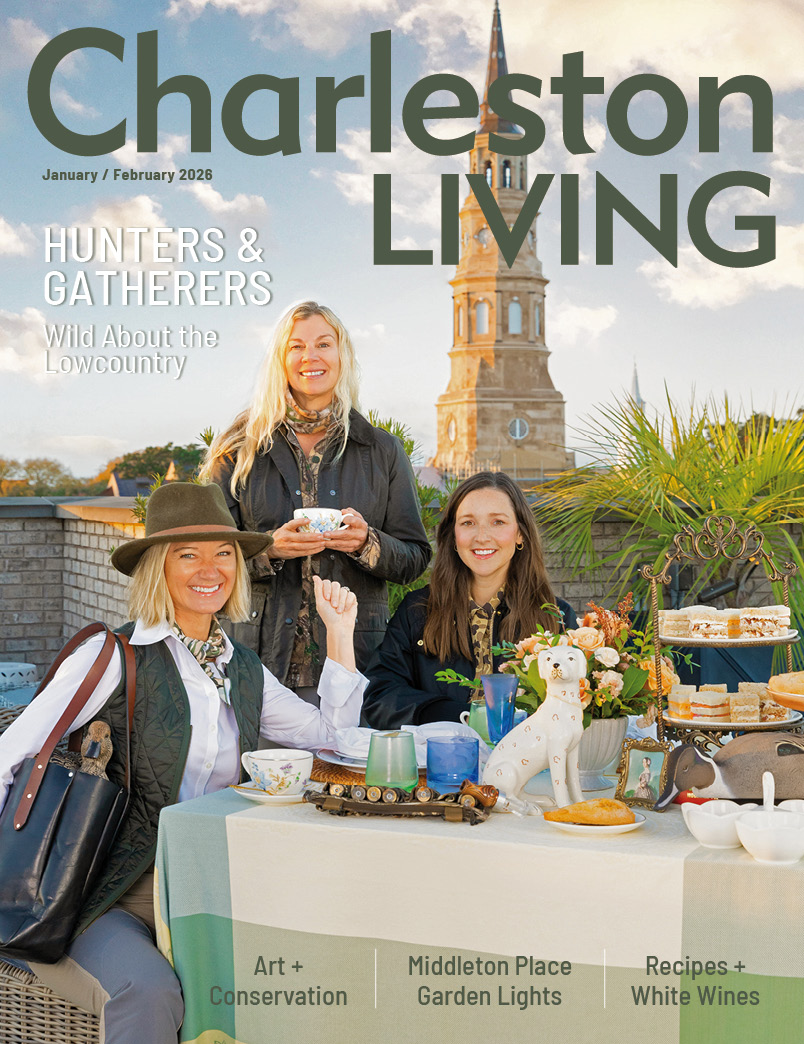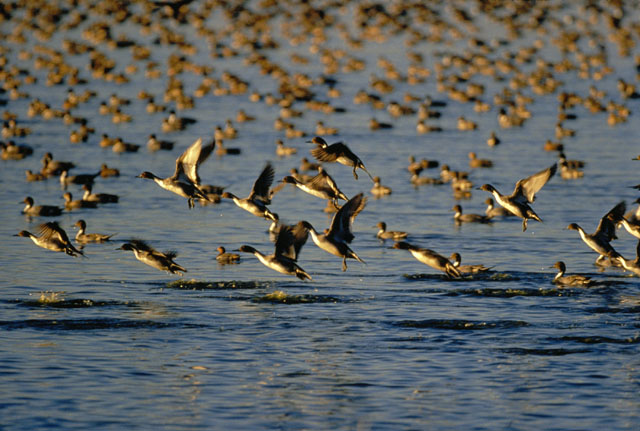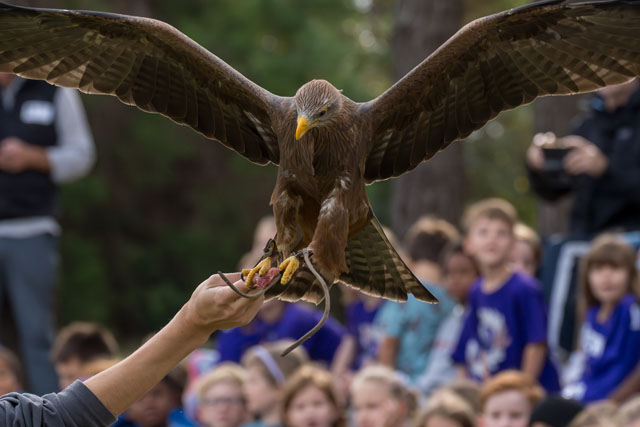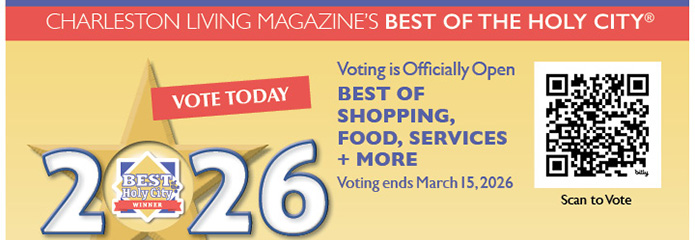Transforming Public Green Spaces into Viable Food Sources
04 Sep 2025
Charleston Parks Conservancy set to launch second food forest initiative in historic Ashleyville-Maryville community
September-October 2025
Written By: By COLIN McCANDLESS | Images: Photos provided by Charleston Parks Conservancy
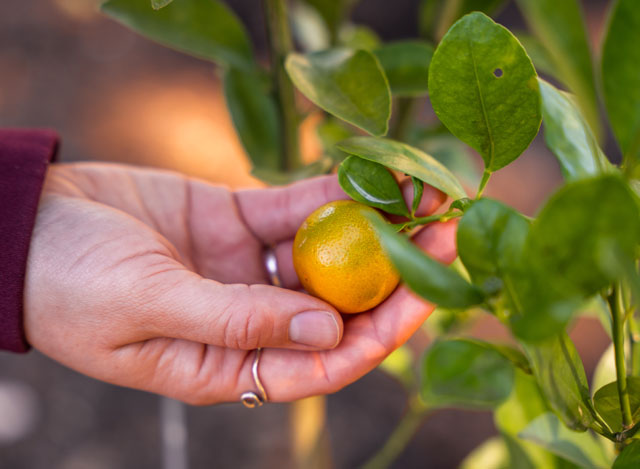
A unique, eco-friendly venture slated for completion this fall will provide free organic produce and educational opportunities to residents of the historic Ashleyville-Maryville neighborhood of West Ashley, while also serving as a sustainable community asset.
The Charleston Parks Conservancy (CPC), in partnership with the City of Charleston, has expanded its Food Forest Initiative to create the Ashleyville Food Forest. This follows the development of South Carolina’s first public food forest endeavor at Mulberry Park in the Ardmore-Sherwood Forest area of West Ashley in the spring of 2024.
Plantings featured at Ashleyville may depend on sourcing and availability, but generally will include a mix of fruiting perennial species such as nut and fruit trees, vining species like muscadine, and shrubs including blackberries, blueberries and strawberries, according to Charleston Parks Conservancy Community Garden Manager Sam Haab.
“The goal of the existing food—and this one—is that almost everything is perennial and edible, or usable in some medicinal or culinary way,” Haab says.
The Ashleyville parcel already has healthy, established turf, so CPC is leaving large swathes of grass intact for play opportunities and picnic area use. There will also be a border garden with herbs in raised planter beds, and a mix of pollinator-friendly plants.
“The goal of these forests is to provide free organic produce, public education and also resilient green space,” explains Haab. “We manage the spaces organically and in a way that promotes biodiversity of insects and other pollinators and animal species. And so in those ways it’ll help advance sustainability, but also help promote equity and improve food access, particularly in communities that are facing limited access to fresh, affordable produce.”
As an educational resource, Ashleyville will have signage and a virtual harvesting guide available to the public. CPC also hopes to offer free community events and workshops. In early summer, Mulberry Food Forest hosted a community potluck, in partnership with Slow Food Charleston and the City of Charleston Office of Cultural Affairs, with more than 125 members from the community dropping by to share dishes. Chefs prepared dishes onsite as well.
Key Ashleyville project partners and stakeholders include the City of Charleston, which supplied the land parcel; CPC, which operates exclusively within the City of Charleston parks; the Ashleyville-Maryville Neighborhood Association; and Bank of America and the international Volvo for Life Fund, who funded the expansion initiative through grants.
“We are thrilled to support Charleston Parks Conservancy in pioneering a model that addresses food access, environmental health and community empowerment,” says Mark Munn, president, Bank of America Charleston-Hilton Head. “This continues our commitment to community wellness in Charleston after having supported the Mulberry Food Forest in 2024.”
Planting the Seed
Ashleyville-Maryville community member Tyler Corsello initially proposed the Ashleyville Food Forest idea last October in an email to CPC. Corsello, who had moved from downtown to West Ashley in February 2024, had found Mulberry Food Forest while exploring the area. He had always liked co-op community agriculture and the notion that neighborhoods could have these shared fresh produce resources, but he didn’t realize anything similar existed in Charleston.
After researching Mulberry, he learned of its designation as the state’s first food forest, and that CPC sought to expand the program. Corsello felt that with the West Ashley Bikeway running through it and the available land in the neighborhood, Ashleyville-Maryville would make an ideal location for another food forest, if feasible. He contacted CPC about the prospect. “They were thrilled that there were other communities that were interested in having one of these in their neighborhood and they were very quick to make it happen and secure the grants and get the community on board,” recounts Corsello.
He identifies two main components that underscore the food forest’s significance to Ashleyville-Maryville. The first is the free organic produce. “That’s awesome for any community,” he says. “Who wouldn’t want to be able to go outside and pick some fresh berries, lemons, peaches and all that great stuff? Especially in this neighborhood where there is no real close grocery store. A lot of residents in this community don’t have a car, so it’s definitely nice to have a source there.”
The second is the rich history. As a historically black community with deep agricultural roots, many of the community members that CPC spoke with indicated that a food forest would allow residents to rediscover and honor that agricultural legacy. “One of the goals of the Ashleyville Food Forest is to honor that legacy of land stewardship in Charleston,” notes Haab.
Additionally, Corsello said he has discovered how important youth programming is to the neighborhood. Ashleyville-Maryville features numerous younger families with children, and the food forest presents opportunities for kids to get involved, whether volunteering with plantings, cleanups or educational workshops. “I think that’s going to be a huge benefit for our neighborhood as well,” states Corsello.
Referencing higher grocery prices and the steep expense of entertainment activities these days, Corsello muses, “The idea that we’re able to offer food, education and recreation to the community at no cost is truly a wonderful thing. And it seems that everyone who has learned about the project is super excited to see it come to fruition and grow and thrive.”
Bringing the Project to Fruition
After the initial ask in October 2024, a CPC staff member met with Corsello. A month later, CPC discussed the project at a meeting of the Ashleyville-Maryville Neighborhood Association. Once it became clear to CPC that the community supported the Food Forest Initiative, Haab, along with CPC’s Director of Operations & Education, Katie Bell, conducted a site visit at the land parcel to get an idea of the space and determine the site prep that would be needed before installing the fruiting species.
Haab drafted an initial design plan in April, which she submitted to the City of Charleston in May for approval. Later in May, CPC presented the design at a community engagement meeting held at Carr-Richardson Park. Also in May, CPC contracted for installation of the water meter, tree removal and brush clearing, which will be finished by August or September. The plan is to start sourcing plants in August and September, with installation scheduled for October. A ribbon-cutting event is scheduled for November.
Since the Mulberry Food Forest launch in 2024, other municipalities and neighborhoods have visited the site to study it as a potential model for guiding their own food forest projects.
“We’ve had numerous requests for similar models to be done elsewhere throughout Charleston,” says Haab. “Capacity-wise and funding-wise, we can only take on this secondary food forest, but it is cool to be reimagining how we’re using public green spaces as a place of food production.”
